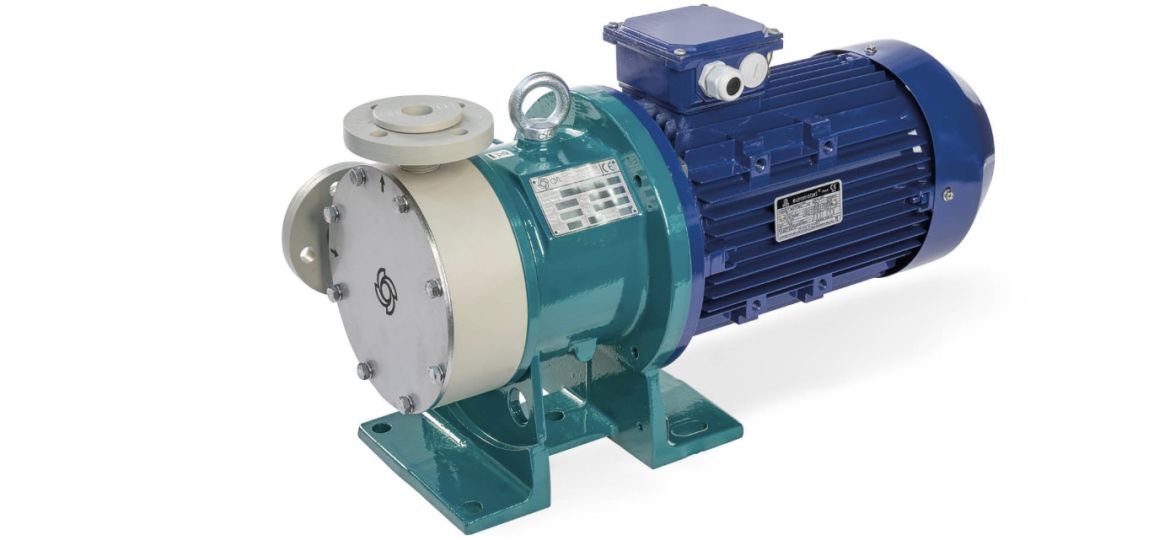
Peripheral pumps are a versatile and reliable solution for pumping clear and clean fluids. Their ability to generate high pressures at a low cost and with a reduced footprint makes them ideal for many applications, both in domestic environments and in industrial and agricultural sectors.
CDR offers a range of turbine peripheral pumps, which are often considered an excellent alternative to both centrifugal and volumetric pumps.
Peripheral pumps: high pressure and low flow rate
Peripheral pumps are designed to transfer fluids through mechanical movement. Typically, they consist of a pump body, a peripheral impeller and a series of cavities that facilitate the continuous movement of fluid. These multiple cavities along the edge of the impeller ensure a smooth and uniform transfer of the liquid. The unique design of these products minimizes energy loss during fluid transfer, while ensuring high efficiency.
Unlike centrifugal pumps, where the liquids pass through the impeller only once, peripheral pumps employ a more complex flow path, enabling them to generate higher pressures with a relatively simple mechanical structure.
Their ability to generate high pressures, compared to other pumps in the same category, makes them ideal in those situations where high pressure is required without the need for a high flow rate, guaranteeing precise and controlled fluid transfer.
Advantages, limitations and practical applications
While peripheral pumps can handle fluids containing small air bubbles or dissolved gases without significant performance loss, they are best suited for clean, non-corrosive fluids free of sand or solid impurities.
The main advantages of these pumps include their compact size, low cost and the ability to work with small volumes of water. In their self-priming version, they can even start without being filled with water, as they have the ability to draw air into the suction pipe during start-up.
In domestic and civil applications, peripheral pumps are commonly used for water supply from shallow wells, cisterns or tanks. They are often used to boost the water pressure in plumbing systems for homes or small apartment buildings, especially in areas where municipal water pressure is insufficient. Additionally, they are frequently employed in irrigation systems for home gardens and vegetable plots, where moderate but constant pressure is required.
In industrial settings, peripheral pumps are mainly used for dosing liquids in production processes, cooling circuits and washing systems where moderate pressures are required. They are also very popular in laboratories and in technical applications where their compact size and precise flow rate are operational advantages.
The CDR range of peripheral pumps
CDR Pompe offers high-quality and efficient solutions for a wide range of applications, including domestic environments and small industrial systems.
For example, the HTS pump is specifically designed for environments requiring low flow rates but high pressure (the H series can reach a pressure head of up to 170 m). It is a steel magnetic drive pump, available in both standard and close-coupled versions with motors. It features a maximum pressure range of 20 bar and a flow rate of up to 5 m³/h.
Alternatively, our catalogue includes the HTN, the premium choice among horizontal turbine pumps. Available in both PP (polypropylene) and PVDF (polyvinylidene fluoride), like the HTS it uses magnetic drive technology and, like the HTS, it is designed to perform effectively in low flow rate, high-pressure applications (maximum pressure head of 75 m).
All of our solutions are custom-designed to meet the specific needs of our customers: CDR process pumps are built according to the highest quality standards, ensuring workplace safety and exceptional operational efficiency, even when handling corrosive and toxic liquids in continuous use. Visit our website or contact us for more information. Together, we can find the best solution for your company’s systems.